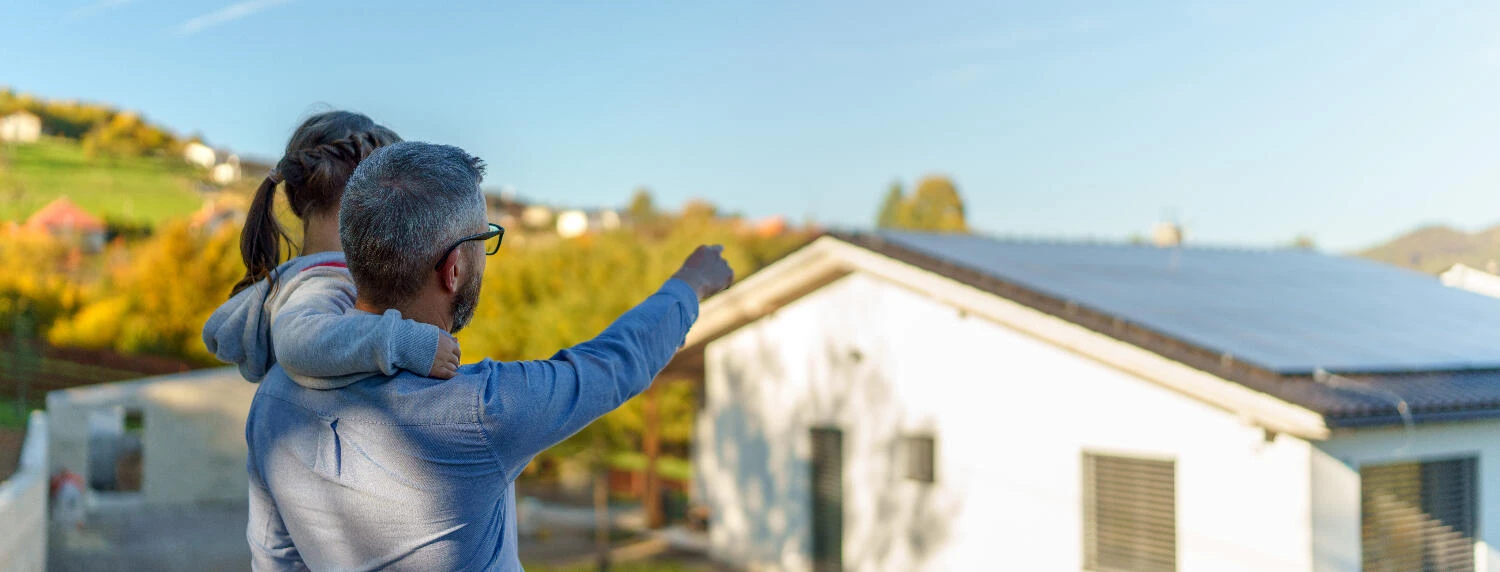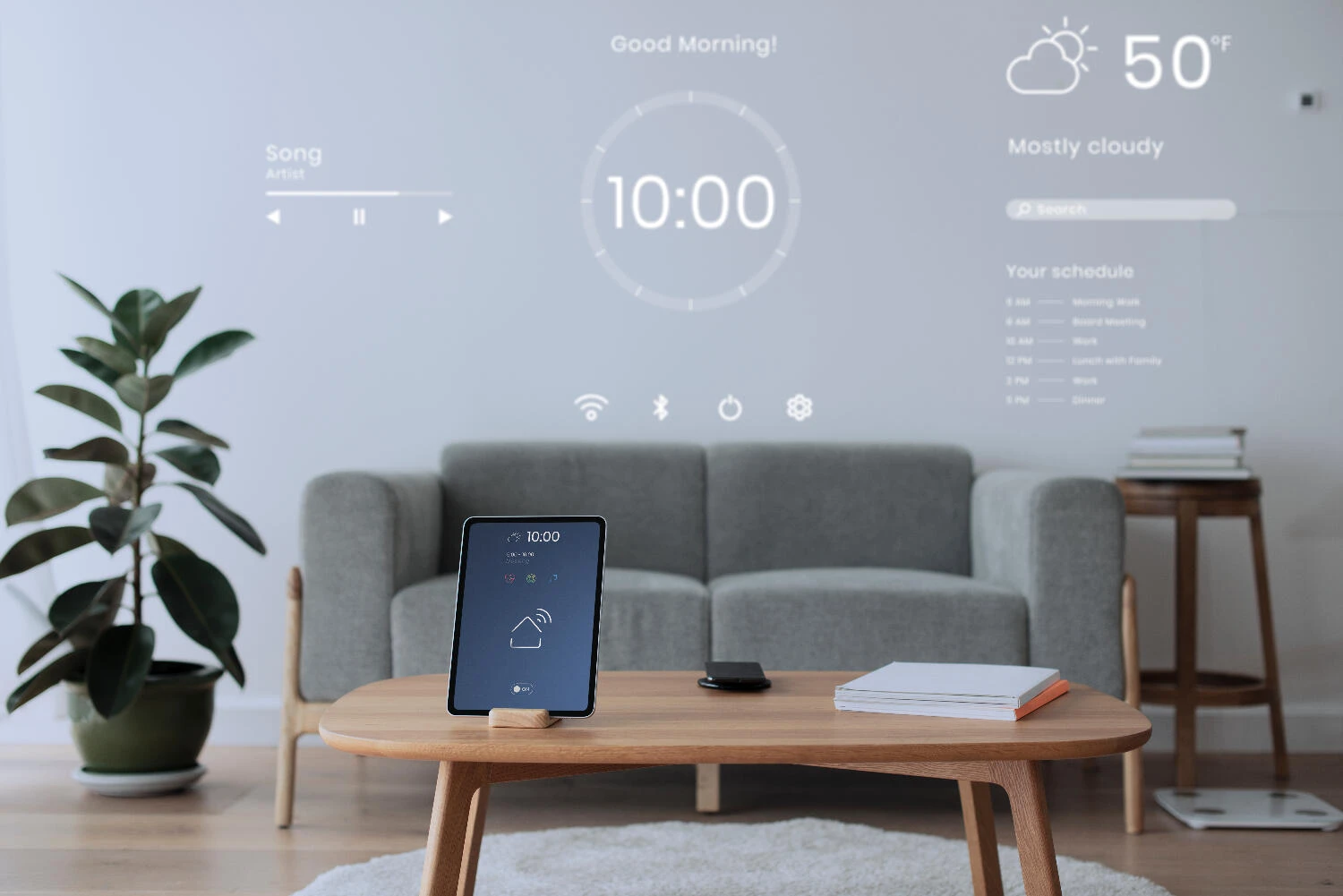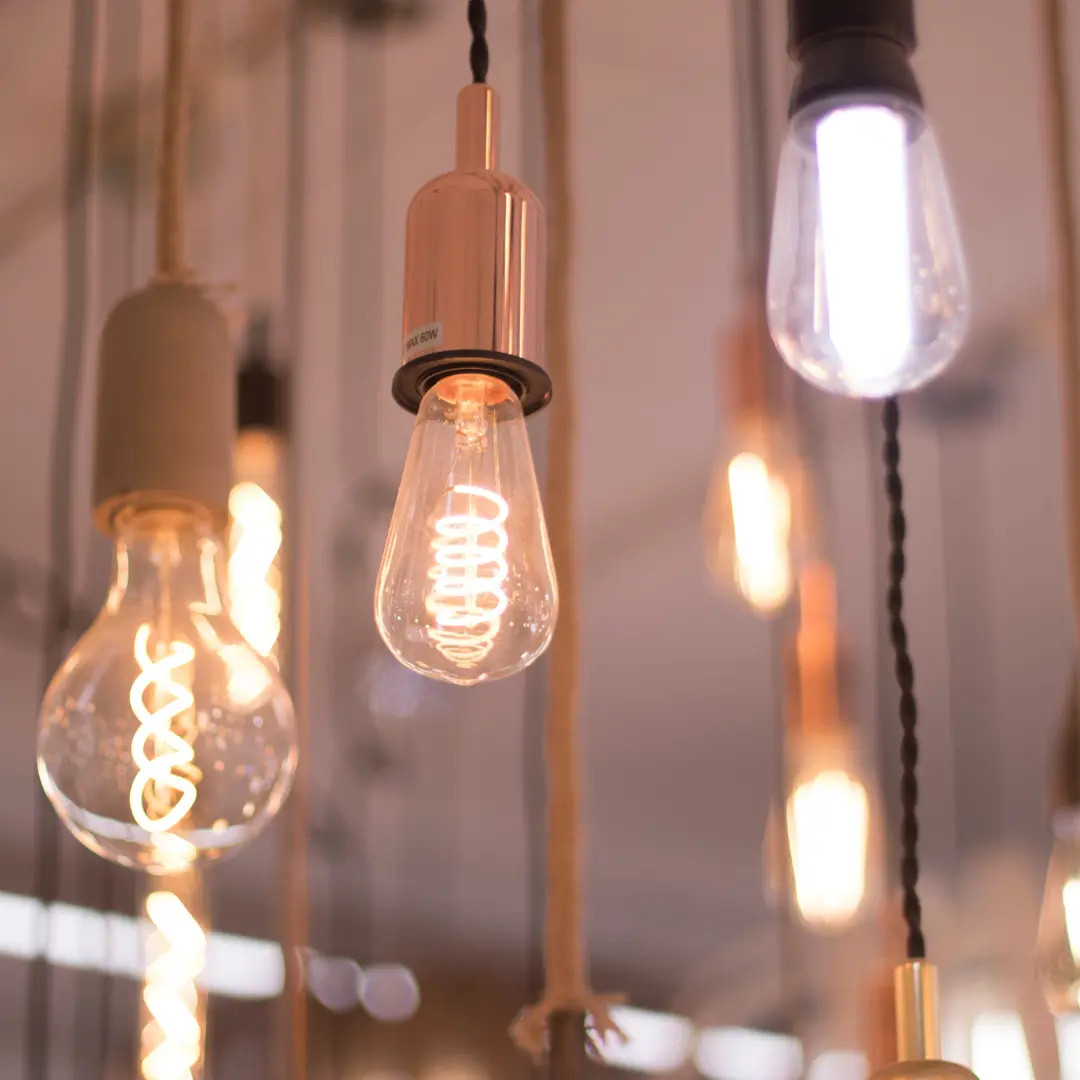
How LED Lighting Can Illuminate Your Savings
The Brilliance of LED Lighting
LED lighting represents a significant advancement in illumination technology, offering numerous benefits and potential savings. Explore how LED lights work, their advantages, and how to make the transition to LED lighting in your home.
Idea 1: How LEDs Work
- Efficient Conversion: LED (Light Emitting Diode) bulbs use semiconductors to convert electricity into light efficiently, reducing energy waste.
- Low Heat Emission: Unlike incandescent bulbs, LEDs emit very little heat, making them safer and more energy-efficient.
- Longevity: LEDs have an impressively long lifespan, often lasting up to 25,000 hours or more, compared to traditional bulbs.
Idea 2: Benefits of LED Lighting
- Energy Savings: LED bulbs consume significantly less energy than incandescent or even CFL bulbs, translating into lower energy bills.
- Cost-Effective: While LED bulbs have a higher upfront cost, their long lifespan and energy savings result in lower overall costs in the long run.
- Colour Variety: LED bulbs come in a range of colours, including warm and cool whites, providing versatile lighting options to suit any space.
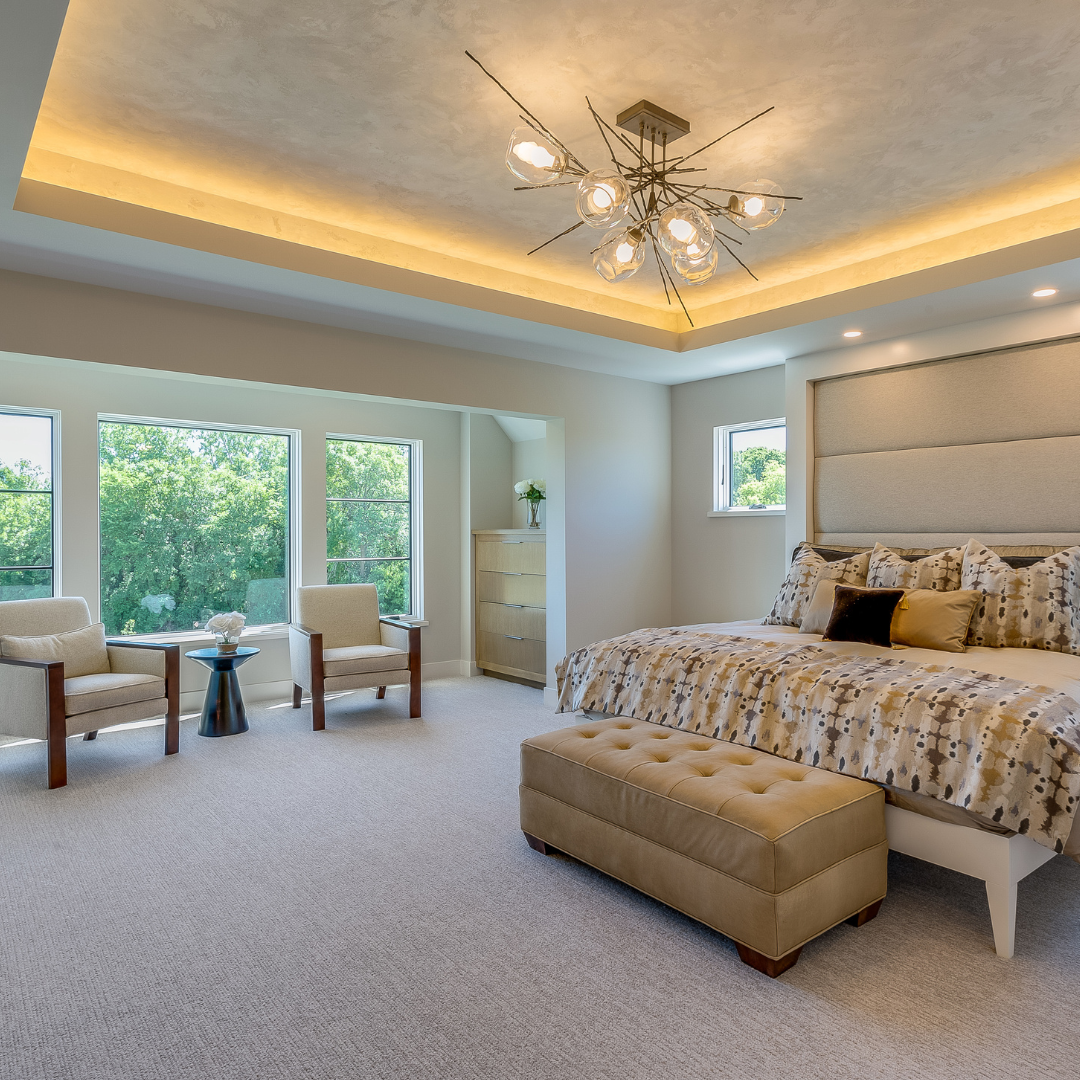
Potential Savings with LED Lighting
Idea 1: Energy Efficiency
- Comparison: LED bulbs use up to 80% less energy than traditional incandescent bulbs, making them a more sustainable choice.
- Wattage Equivalents: A 10-watt LED bulb can provide the same illumination as a 60-watt incandescent bulb, demonstrating their efficiency.
- Monthly Savings: Calculate potential monthly savings by replacing incandescent bulbs with their LED equivalents to see how much you could save.
Idea 2: Longevity and Reduced Replacement Costs
- Lifespan: LED bulbs can last up to 25 times longer than incandescent bulbs, significantly reducing the frequency of replacements.
- Maintenance Savings: Fewer bulb replacements lead to lower maintenance costs and less hassle, contributing to overall savings.
Making the Switch to LED Lighting
Idea 1: Home Lighting Assessment
- Evaluate Current Lighting: Assess your existing lighting fixtures and bulb types to determine which areas would benefit most from an LED upgrade.
- Priority Areas: Identify key areas for LED upgrades, such as frequently used rooms or exterior lighting, to maximize savings and efficiency.
Idea 2: The Cost of Transition
- Upfront Costs: Calculate the initial cost of LED bulb replacements and compare it to potential long-term savings to understand the investment.
- Bulk Purchasing: Consider buying LED bulbs in bulk or during sales to reduce costs and take advantage of discounts.
Realizing the Savings
Idea 1: Monthly Budget Impact
- Calculate Savings: Estimate your monthly energy bill savings after transitioning to LED lighting to see the financial impact.
- Comparison: Compare your new monthly lighting costs with your old bills to clearly see the difference in savings.
Idea 2: Environmental Benefits
- Reduced Carbon Footprint: Explain how LED lighting contributes to a lower carbon footprint and reduces greenhouse gas emissions, supporting a greener planet.
- Sustainability: Highlight the eco-friendly aspects of LEDs, including the absence of toxic materials like mercury, which are present in some traditional bulbs.
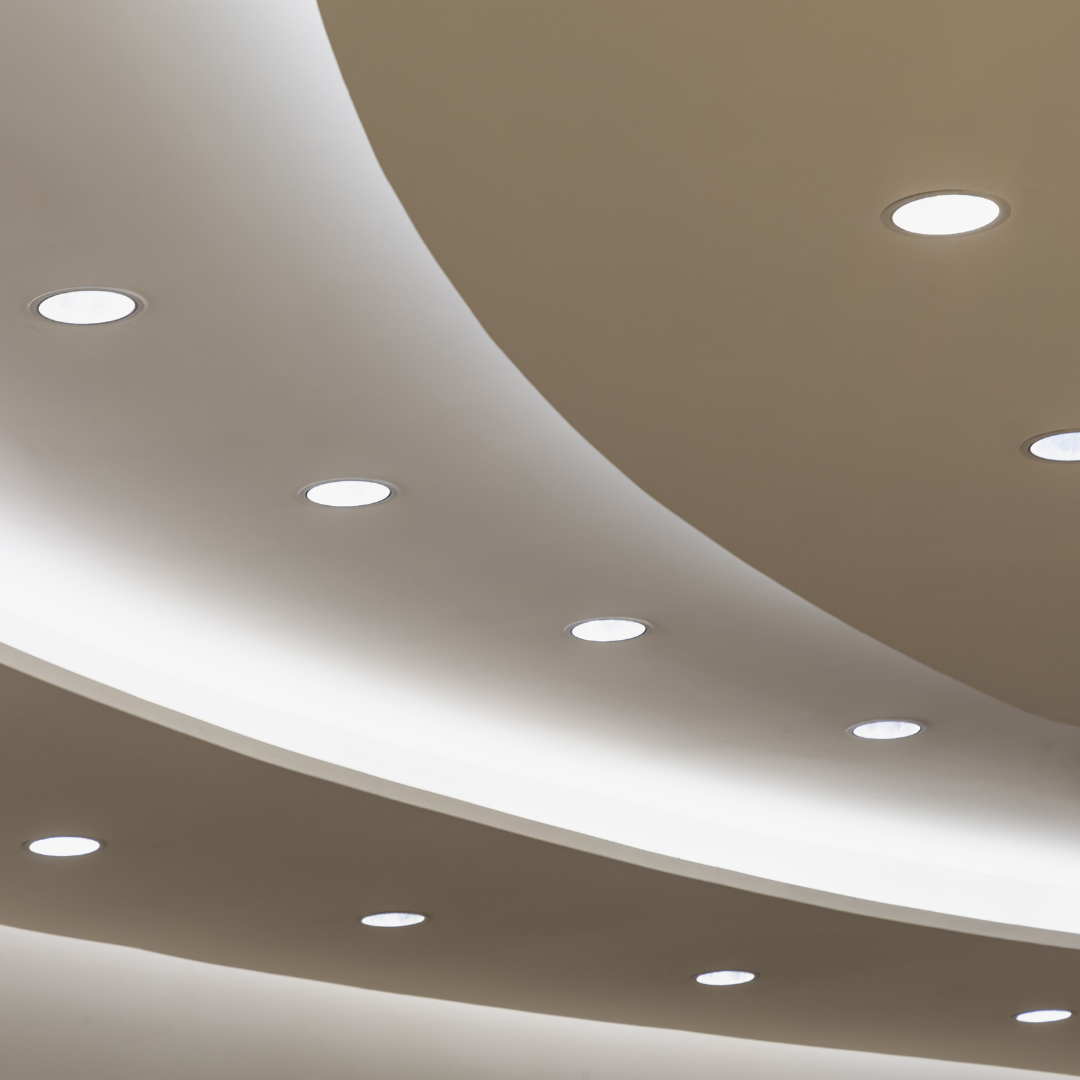
Conclusion
LED lighting offers homeowners a bright opportunity to save on energy bills while also benefiting the environment. By understanding how LED bulbs work, the potential savings they offer, and the simple steps to transition to LED lighting, you can make a significant impact on your budget and contribute to a more sustainable future. Illuminate your savings today with the efficiency and longevity of LED lighting.






